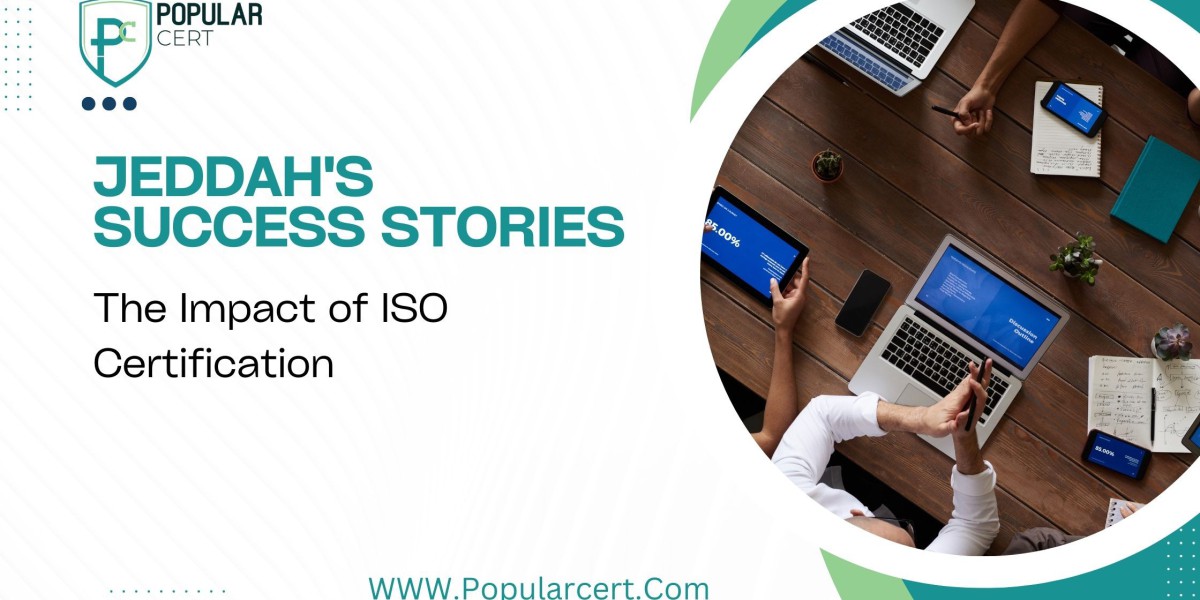In today’s fast-paced business environment, understanding and predicting future demand is essential for maintaining competitiveness and operational efficiency. Demand forecasting plays a critical role in guiding decision-making across production, inventory management, and sales strategies. To maximize the benefits of forecasting, businesses must follow a systematic approach. This blog explores the essential steps in demand forecasting and how companies can refine their forecasting process with tools like thouSense.
Why Is Demand Forecasting Important?
Before diving into the steps in demand forecasting, it's essential to understand why it matters. Demand forecasting helps businesses predict future customer demand based on historical data, market trends, and other factors. By anticipating future needs, companies can avoid stockouts, reduce excess inventory, optimize production, and ensure customer satisfaction. Whether you're managing a supply chain or planning marketing campaigns, accurate demand forecasting is key to success.
Essential Steps in Demand Forecasting
Accurate demand forecasting involves a series of structured steps. These steps ensure that the forecast aligns with market trends, consumer behavior, and internal business goals. Let’s break down the critical steps in demand forecasting and how businesses can implement them effectively.
1. Data Collection
The first and arguably most crucial step in demand forecasting is data collection. Accurate forecasting starts with gathering relevant historical data, including past sales records, market reports, customer behavior data, and external factors such as economic conditions or seasonal variations.
How thouSense Helps:
thouSense streamlines the data collection process by integrating real-time data feeds from multiple sources, including internal systems and market reports. This ensures businesses have access to up-to-date and comprehensive data, resulting in more reliable forecasts.
2. Data Analysis
Once the data is collected, it must be analyzed to identify patterns and trends. This involves studying past sales trends, identifying seasonality, evaluating market shifts, and understanding consumer behavior. Advanced analytical tools help make sense of large datasets and reveal key insights that are critical for accurate demand forecasting.
How thouSense Helps:
thouSense leverages AI and machine learning to analyze massive datasets quickly and efficiently. It identifies complex patterns and provides businesses with actionable insights to refine their forecasts.
3. Market and External Factor Consideration
In addition to historical data, businesses must account for external factors that could impact demand. These factors include economic shifts, geopolitical events, changes in consumer preferences, new competitors, and technological advancements. Ignoring these variables can lead to inaccurate forecasts.
How thouSense Helps:
thouSense incorporates external factors into its forecasting models. Tracking market trends, economic indicators, and consumer sentiment, helps businesses factor in the broader market environment, ensuring a more robust forecast.
4. Select Forecasting Method
There are various methods used in demand forecasting, ranging from qualitative approaches like expert opinion to quantitative models such as time series analysis. The choice of method depends on the business's specific needs, the type of product, and the data available. Businesses must carefully select the most appropriate method to generate reliable forecasts.
How thouSense Helps:
thouSense offers a range of forecasting methods, including AI-powered predictive models and scenario-based forecasting. Businesses can choose the most suitable approach, or thouSense can recommend the best model based on the data and industry context.
5. Generate the Forecast
Once the forecasting method is selected, the next step is to generate the forecast. This involves running the chosen model and producing demand predictions for specific periods. Businesses must ensure that the forecast aligns with their production schedules, inventory levels, and sales strategies.
How thouSense Helps:
thouSense automates the forecast generation process, using machine learning to continuously refine predictions based on real-time data. It provides businesses with accurate, up-to-the-minute forecasts that can be adjusted as new information becomes available.
6. Monitor and Validate the Forecast
Forecasts are not static, and businesses need to monitor their performance over time. Regularly comparing forecasts against actual demand allows companies to identify any deviations and adjust their forecasting models accordingly. This step ensures continuous improvement in demand forecasting accuracy.
How thouSense Helps:
thouSense provides tools for ongoing monitoring and validation, enabling businesses to track forecast accuracy and make adjustments in real time. It also uses feedback loops to improve future predictions by learning from past discrepancies.
7. Adjust Forecast Based on Real-Time Data
Markets are constantly changing, and businesses need to be agile. Adjusting the forecast based on real-time sales data, emerging trends, or unexpected market changes ensures that companies remain responsive to demand fluctuations.
How thouSense Helps:
With thouSense, businesses can adjust their forecasts dynamically. Its real-time data integration and machine learning algorithms allow businesses to quickly adapt to sudden changes, ensuring more flexible and accurate forecasting.
The Benefits of Following a Structured Demand Forecasting Process
Implementing the correct steps in demand forecasting offers significant benefits to businesses, including:
1. Optimized Inventory Management
Accurate demand forecasting ensures that businesses maintain optimal inventory levels. By avoiding overstocking or understocking, companies can reduce inventory costs, improve cash flow, and meet customer demand efficiently.
2. Improved Customer Satisfaction
When businesses can predict demand accurately, they are better equipped to meet customer expectations. This results in improved customer satisfaction, as products are available when needed, and service delivery remains consistent.
3. Cost Savings
Efficient demand forecasting helps businesses allocate resources wisely. By aligning production schedules with anticipated demand, companies can reduce waste, prevent excess inventory, and minimize the costs associated with rush orders or emergency shipments.
How thouSense Revolutionizes Demand Forecasting
thouSense is an advanced demand forecasting tool that integrates AI, machine learning, and real-time data to provide highly accurate and actionable demand predictions. Whether you are managing a complex supply chain or planning inventory for a retail operation, thouSense can streamline the forecasting process and enhance decision-making.
Why Choose thouSense?
- Advanced AI and Machine Learning: thouSense continuously refines its predictions using machine learning algorithms, ensuring the most accurate and up-to-date forecasts.
- Real-Time Data Integration: By incorporating real-time data into the forecasting process, thouSense allows businesses to react quickly to changing market conditions.
- Customizable Forecasting Models: thouSense offers flexible forecasting methods that cater to specific business needs, making it adaptable to various industries.
Conclusion
Following the essential steps in demand forecasting allows businesses to make informed decisions, optimize resources, and stay competitive in an ever-changing market. By using advanced tools like thouSense, companies can streamline the forecasting process, enhance accuracy, and respond to demand fluctuations in real time. Accurate demand forecasting not only improves operational efficiency but also positions businesses for long-term success.
FAQs
- What are the most important steps in demand forecasting?
The key steps in demand forecasting include data collection, data analysis, considering market and external factors, selecting the forecasting method, generating the forecast, monitoring, and adjusting the forecast based on real-time data. - How does thouSense improve demand forecasting accuracy?
thouSense uses AI and machine learning to analyze large datasets and adjust forecasts in real time. This ensures accurate, flexible, and responsive predictions that improve business decision-making. - Why is demand forecasting essential for businesses?
Demand forecasting helps businesses predict future demand, optimize production schedules, manage inventory effectively, and improve customer satisfaction, all while reducing operational costs and increasing profitability.
Explore our AI-based SaaS platform to predict sales volume and demand trends. To know more, visit: https://thousense.ai/pricing
Source: https://ulystar.in/blogs/1870/What-Are-the-Essential-Steps-in-Demand-Forecasting-Learn-More



